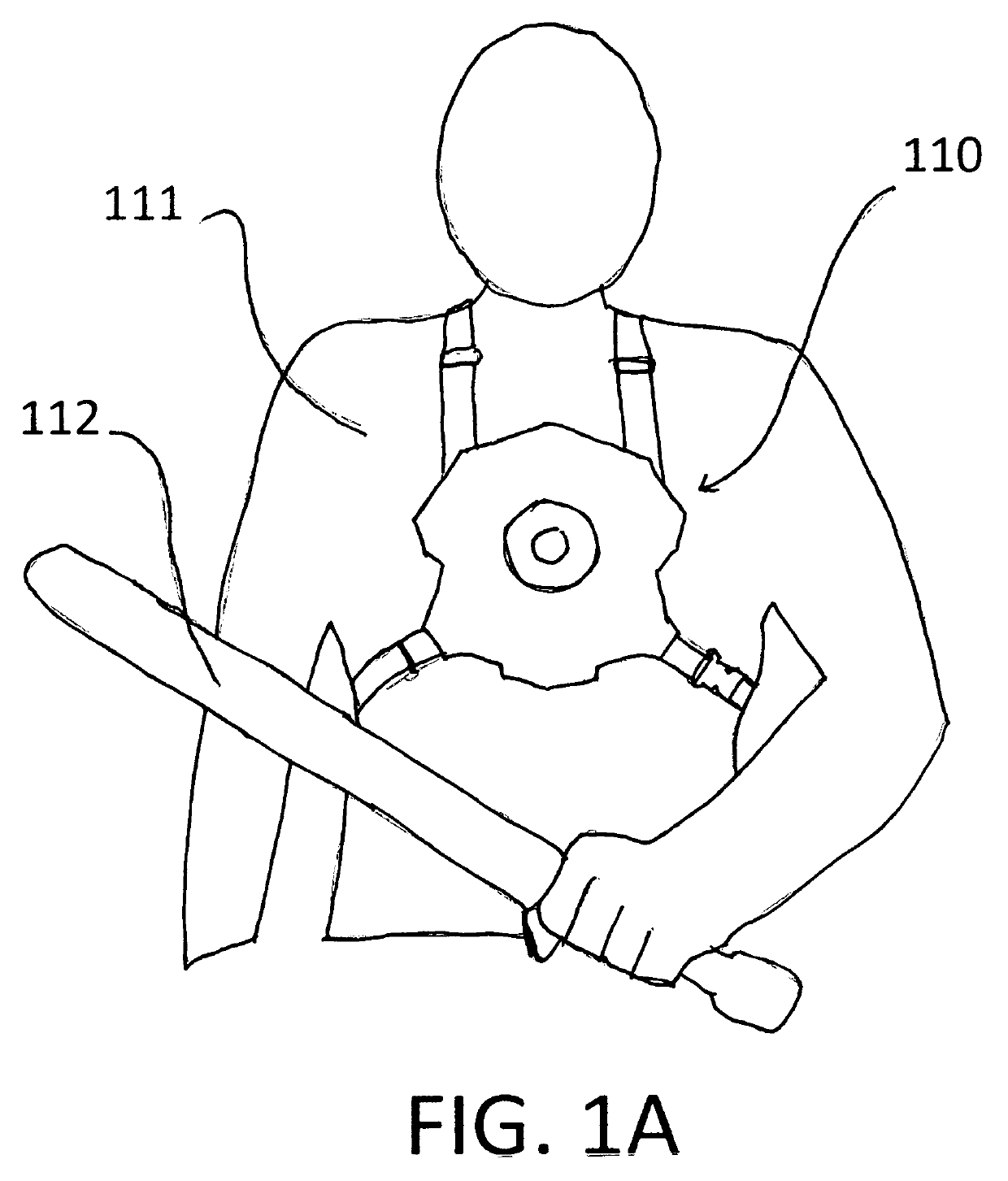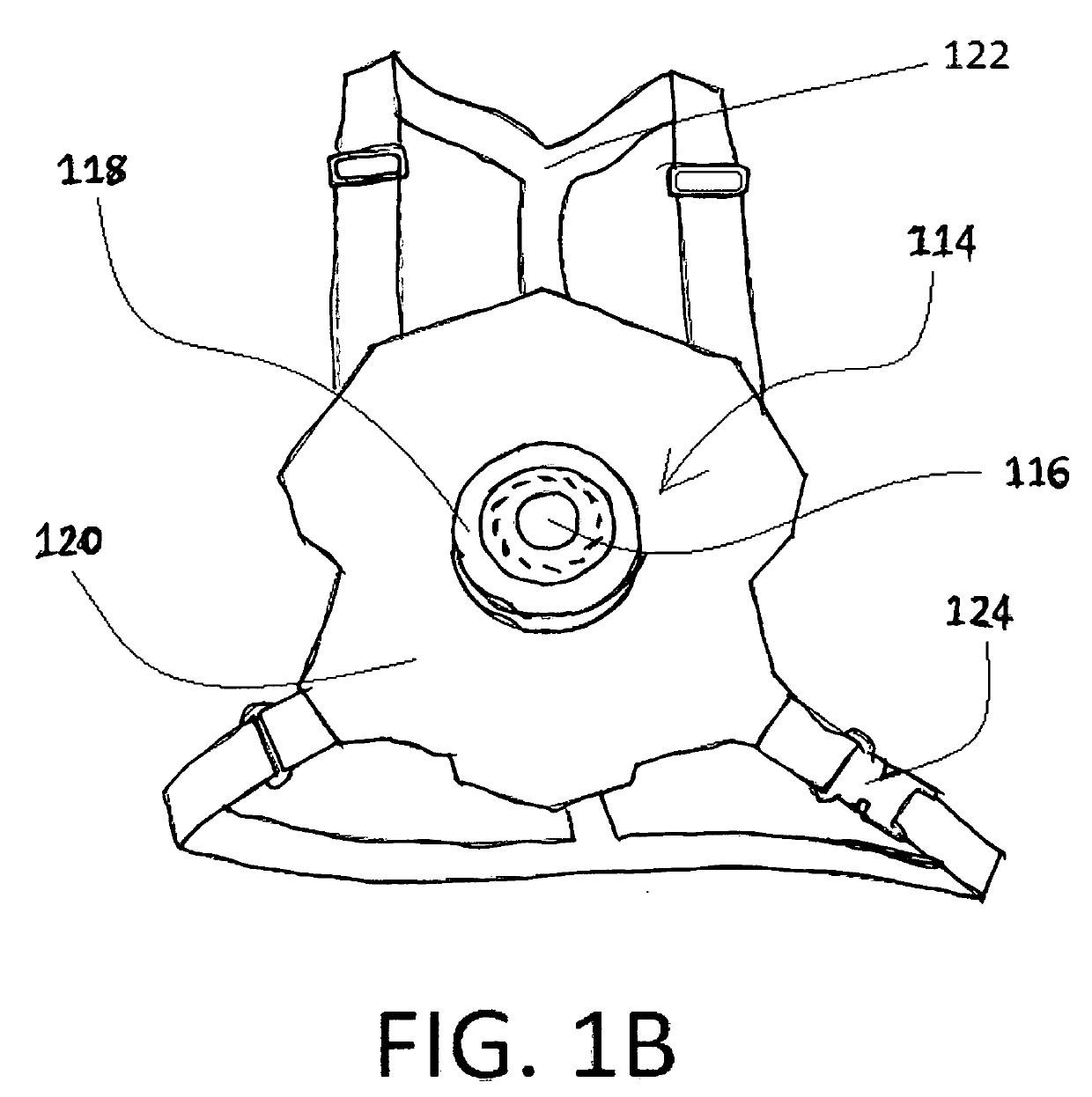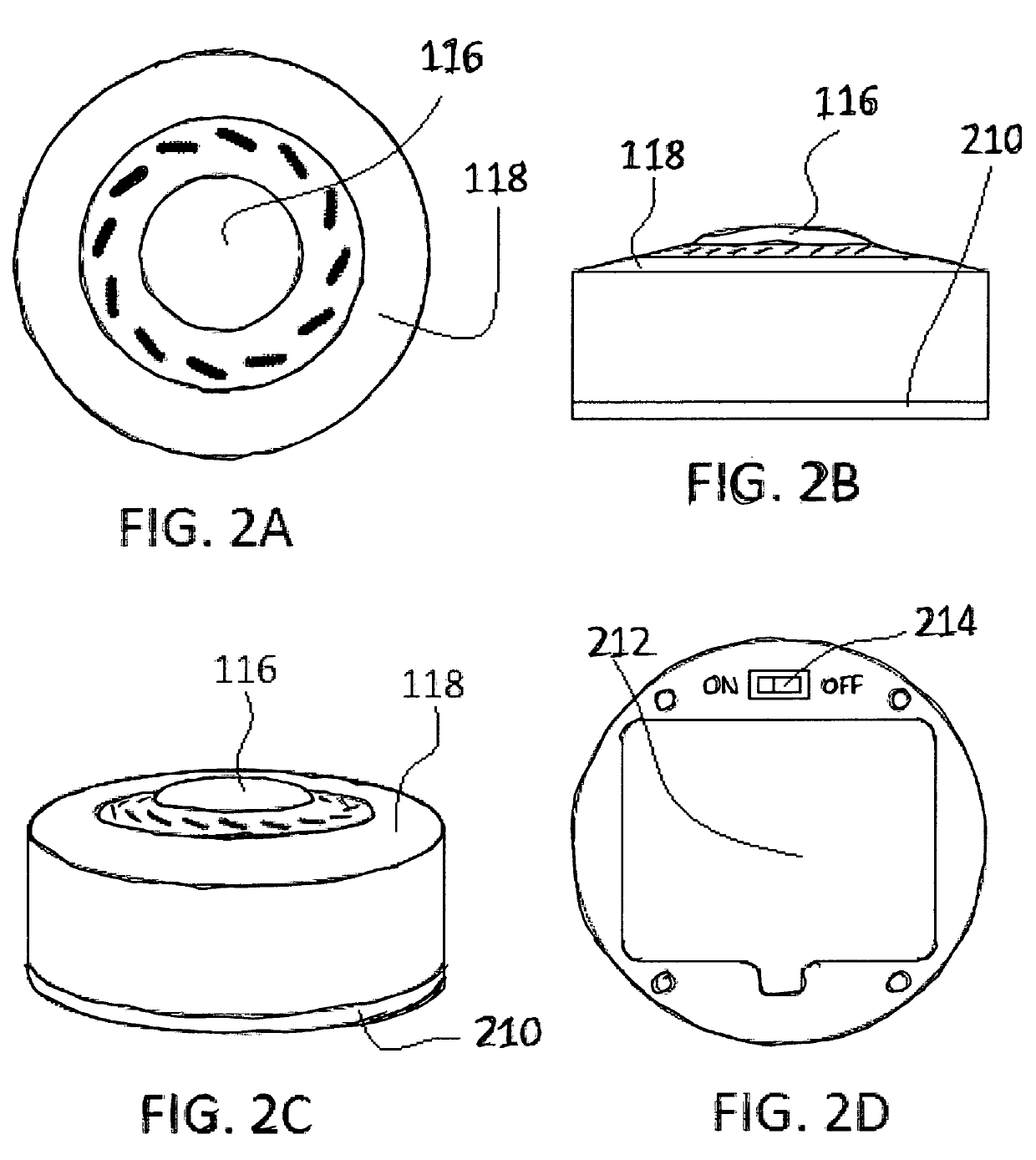A recurrent problem in all of these scenarios is that determining whether or not one has been struck by an opponent's sword or other implement is often difficult.
A variety of factors make this binary assignation difficult.
In these historical events, it is undoubtedly true that blows could be damaging to varying degrees, and so this contributes to the gray area that emerges in mock swordplay with regards to scorekeeping.
At best, these problems in determining the success or failure of a blow are the result of genuine disagreement resulting from the inherent problems of assigning a binary value to an action that is difficult to reduce in this manner, and at worst it inherently enables and rewards bad sportsmanship.
In either case, scorekeeping problems during swordplay disrupt the flow of the game and make it less enjoyable to the players.
Players have tried to solve this scorekeeping problem with the implementation of complex systems of rules that seek to differentiate between different types of blows and assigning corollary point values, but these are often confusing and can also disrupt the flow of the game.
Some more organized groups of players often employ a referee, which can help assign points and lessens the
impact of bad sportsmanship, but this solution is not feasible for just two players or more informal groups.
Furthermore, even a referee will have trouble determining and assigning a point value to all blows in a consistent, satisfactory and fair way.
To power the circuitry, fencers must wear hard wires under their clothing which are prone to regular breakage, resulting in stopped
game play and inaccurate scoring from objectively legal strikes that were not recorded by the
scoring system as such.
Oxidation and normal wear of the conductive clothing
layers results in “dead zones” which leads to inaccurate results, and the added
layers are uncomfortable, hot, and generally undesirable.
Furthermore, these systems often cost well over a thousand dollars.
In U.S. Pat. No. 9,358,443B2 from Jun. 7, 2016, Morehouse et al. discloses a
system that relies on a
capacitance sensor placed at the end of the fencer's sword that functions with less wiring than the traditional conductive method, but is still prone to significant errors due to the difficulty of calibrating the sensor to accurately differentiate between various fabric types indicating legal target areas, protective masks made of
wire mesh, leather or nylon boots, and the opponent's sword.
This difficulty is compounded by the effects that varying ambient temperature and
humidity will have on the accuracy of the sensor, as well as by the possible existence of sweat soaking through any given portion of a combatant's clothing.
The prohibitive cost and complexity of the traditional method described makes its
adaptation to more casual swordplay scenarios extremely problematic, and both methods described here require hard armor be worn to protect against blows from the unpadded sensors on the tips of the swords, when most casual swordfighters prefer padded weapons.
This is problematic in many casual scenarios where many players have vastly different wardrobes, with some devising historical or fantastically oriented costumes made of leather, various fabrics, wood, and even
metal.
For these players, the capacitative sensor method for scorekeeping in swordplay does not provide a workable solution.
This
system is very expensive and suffers from many of the same difficulties that trouble the traditional scoring method in fencing described above, with
wear and tear quickly resulting in dead spots in the target area, further complicating the problem that they were attempting to solve.
This not only makes the
system more expensive, but in doubling the parts and pieces and requiring that they communicate effectively, creates a fragile and cumbersome system.
As with Aldridge and Vollmar, Lin et al's attempt to create a more straightforward system of scoring in contact sports ultimately results in an expensive and overly complicated series of contraptions that are not viable options for casual swordfighters, often children, looking to solve their scorekeeping problems.
This design is unfortunate because it only will indicate a successful strike with a thrusting or stabbing motion that engages the tip of the sword where the switch is located.
Furthermore, as the switch is incapable of differentiating between contact with the opponent and contact with the ground, a tree, a shield used to successfully block a thrust, or the opponent's weapon, it's likely that it will generate a false indication of a successful strike far more often than it will provide an accurate accounting of the match.
As with Gulmesoff's disclosure, a switch located on the sword is prone to false indications of a successful hit.
The mechanism for communicating and then deflating the bladder sword seems prone to failure over time as a multitude of small parts must work in synchrony to
deflate it at the correct moment.
Finally, in the common event that two players swing simultaneously at one another, Kaye's bladder sword presents a
safety risk because one player's successful strike could cause the other player's blade to
deflate, removing the anticipated resistance and padding afforded by the bladder, and resulting in blows with the
handle and first to the other player.
 Login to View More
Login to View More  Login to View More
Login to View More 


